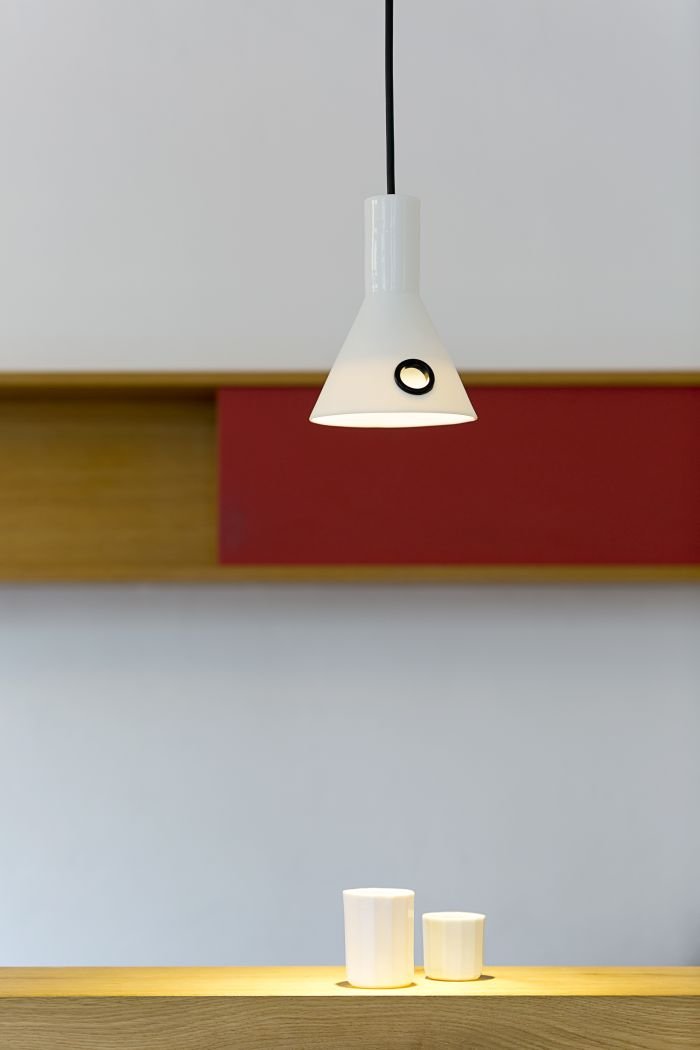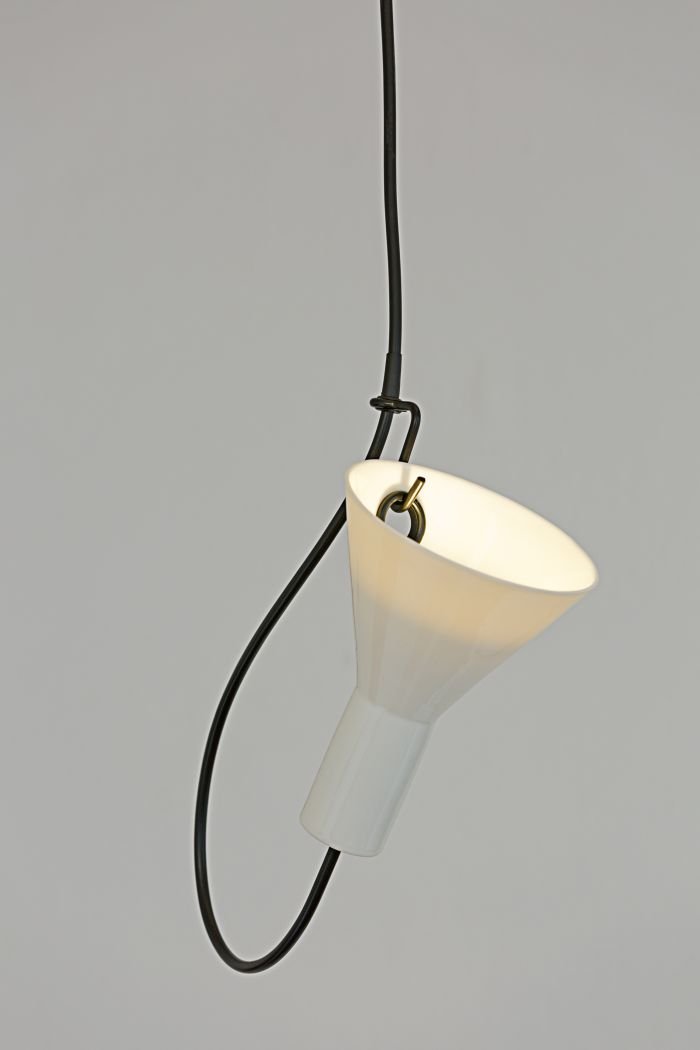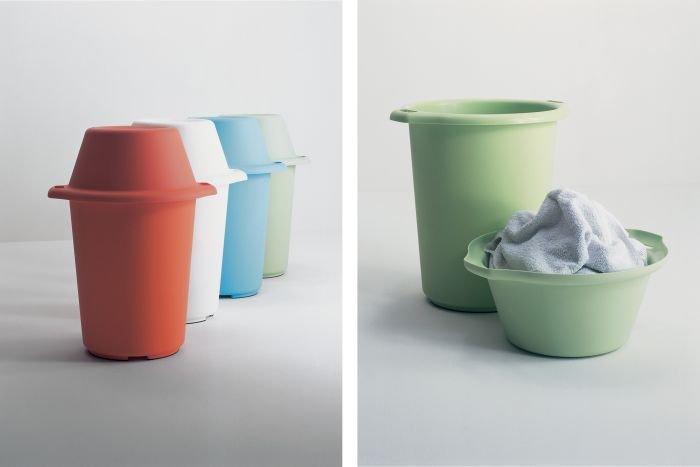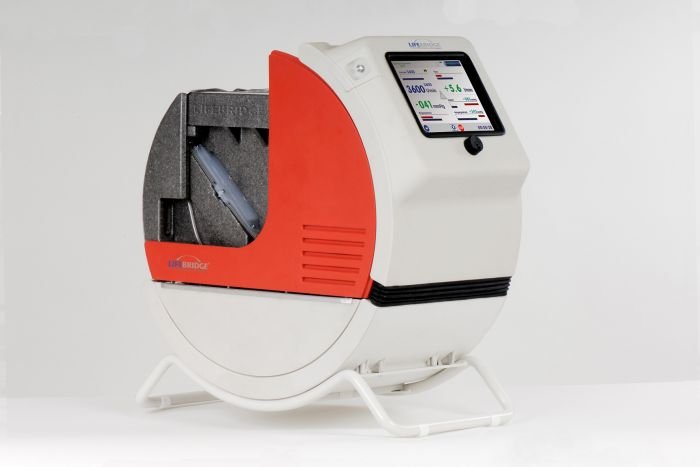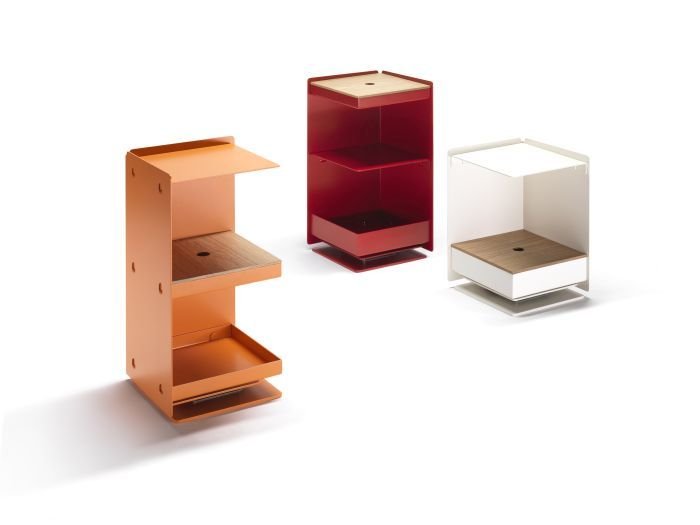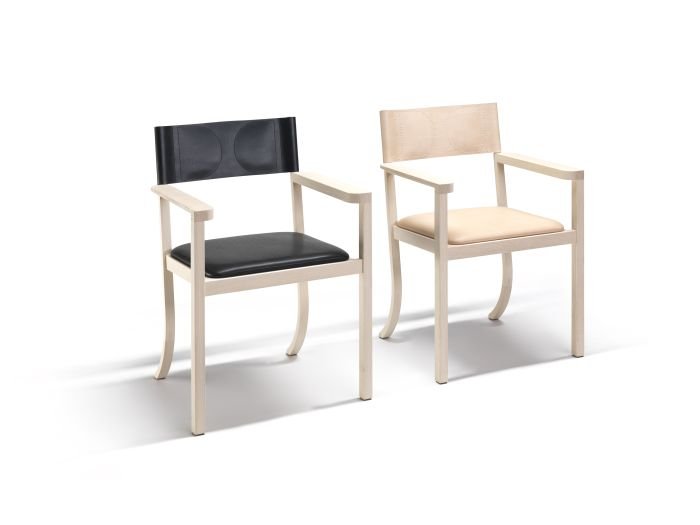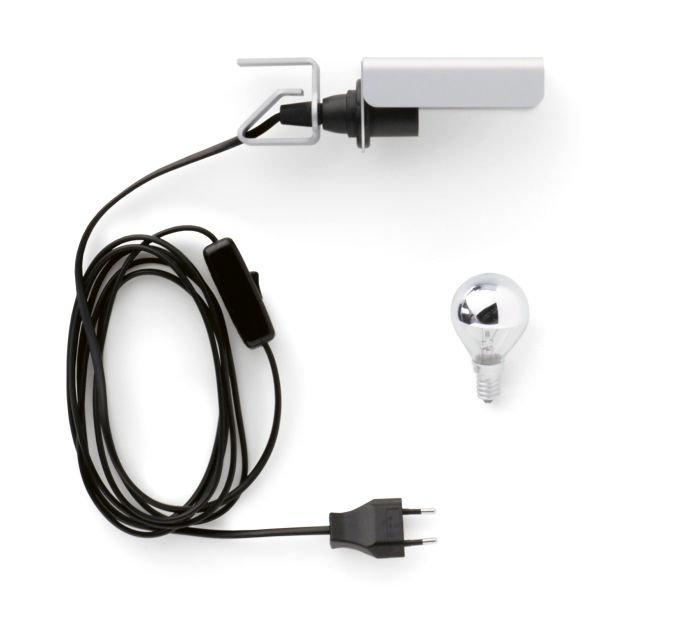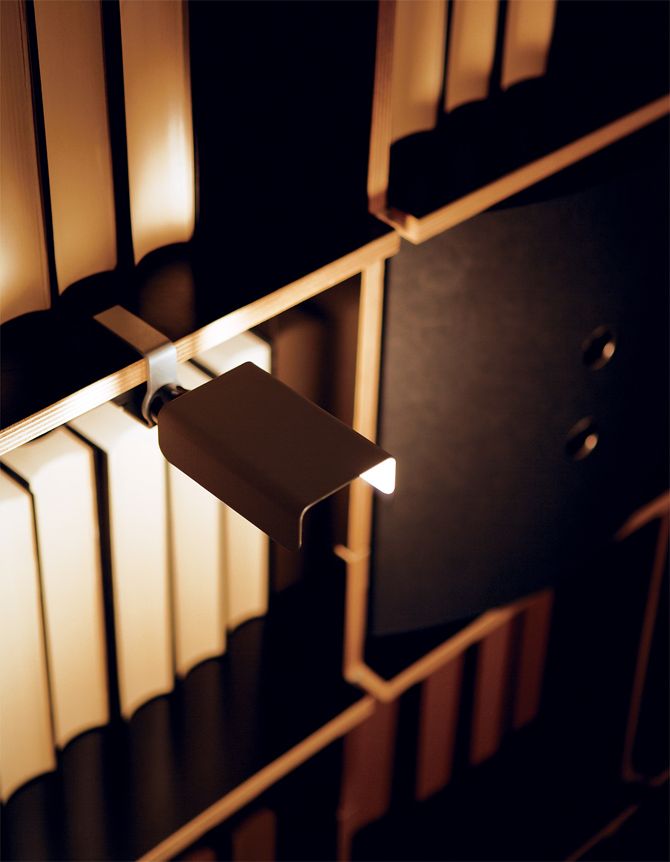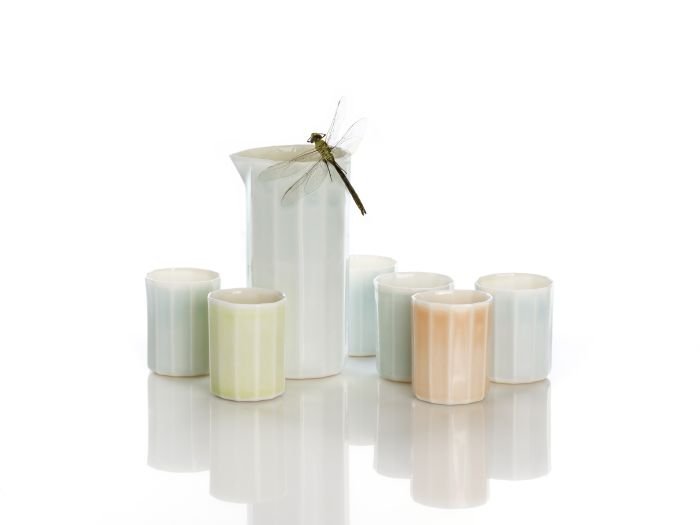German designer Klaus Hackl's understanding of design is one based on the principle of evolution not revolution, of understanding the context in which a project arises, and of the value, and logic, of craft processes and craft scale production. And of the value, and logic, of craft processes and craft scale production augmented by digital technology.
Keen to learn more, we met up wit Klaus Hackl in Munich....
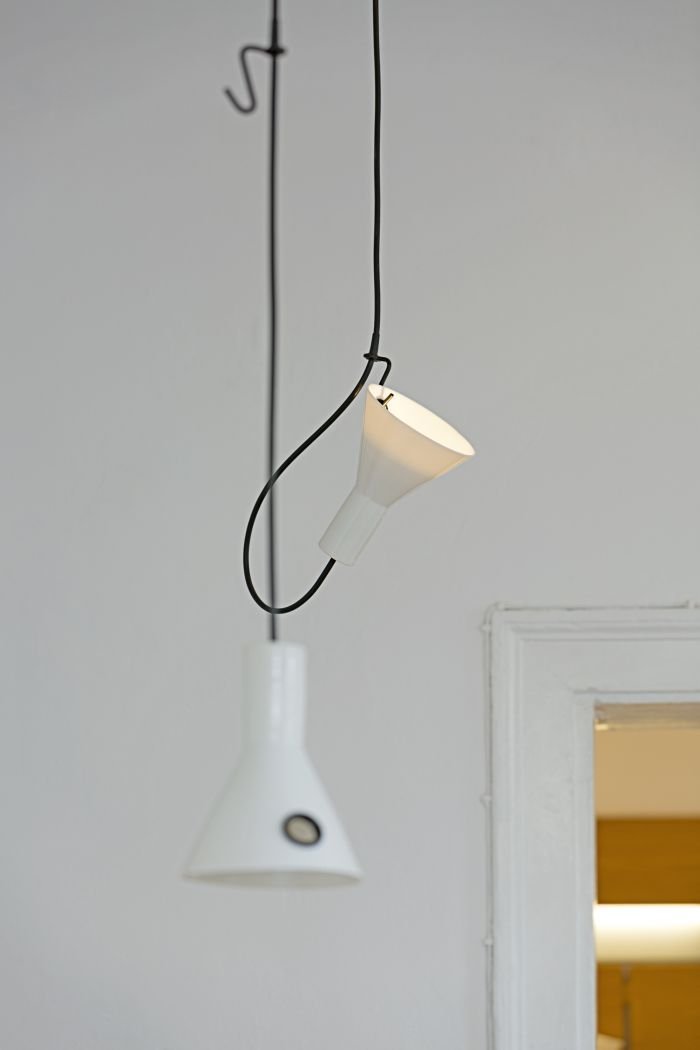
A native of Munich Klaus Hackl graduated from HBK Saar, Saarbrücken in 1995, whereupon he moved to London to take up a position with Jasper Morrison, before returning to Munich in late 1998 and establishing his own studio; the founding, years also seeing him freelance for Konstantin Grcic, including assisting in the development of the Mayday lamp for Flos.
Klaus Hackl's first solo commercial product, the Gibus laundry basket for Magis, was quickly followed by projects for and with manufacturers as varied as, and amongst many others, Nils Holger Moormann, Werkraum Bregenzerwald and Lifebridge Medizintechnik, with whom he developed the Lifebridge B2T mobile cardiopulmonary bypass system. An object which although in many ways far removed from the majority of Klaus Hackl's portfolio, does contain the same analysis of that which already exists, the same considerations on how such objects are used, and thus the same grounded understanding of the required, necessary, functionality, which underscores much of that portfolio.
What is without question missing in the Lifebridge B2T is the element of traditional craft so often found in Klaus Hackl's work. Something which forms the basis of his latest project, the brand Hausgenossen.
Established in cooperation with the Munich ceramicist Elisabeth Klein and based in a workshop in the city's Maxvorstadt, Hausgenossen is geared towards the production of small series, contemporary, ceramic products; the first, the Flare lamp, was launched in March. Essentially nothing more spectacular than a conical porcelain pendant lamp, Flare features an unobtrusive, yet ingenious, hole in the shade which allows it to be attached to a height-adjustable hook on the cable, thus allowing for varying lighting directions, intensities, and, ultimately, atmospheres.
We met up with Klaus Hackl in Munich to discuss Hausgenossen, his approach to and understanding of design but began, as ever, by asking how he arrived at design......
Klaus Hackl: In the late 1980s I was regularly in Berlin and became acquainted with Neues Deutsches Design, whereby works by the likes of Andreas Brandolini and Axel Kufus had a particularly strong influence. In addition, through exhibitions, magazines and books I got to know the work of Kunstflug and the art historian Christian Borngräber who was a great promoter of Neues Deutsches Design, and so, and without giving it much real thought, I started studying design at the Fachhochschule Munich. And was very quickly disappointed. Back then the Fachhochschule wasn't particularly experimental, not particularly internationally orientated, not particularly interested in contemporary design movements in Germany, and so I moved to Saarbrücken where Andreas Brandolini was Professor, and that was then where my real passion for and understanding of design developed.
smow Blog: Having decided to switch from Munich, did you consider Berlin, or was the draw of Brandolini in Saarbrücken simply too strong?
Klaus Hackl: At that time although Berlin was one of the main centres of Neues Deutsches Design, those protagonists who moved into teaching were elsewhere, Heiko Bartles, for example, was in Weimar, Hardy Fischer was in Kassel and Harald Hullmann and Andreas Brandolini in Saarbrücken. Having decided to leave Munich I undertook a tour of numerous design schools and the concept in Saarbrücken convinced me the most, not least because in they had engaged Lucius Burckhardt in the development of their programme, a Grandseigneur of design and an advocate of a form of design education with which I could identify.
smow Blog: What in particular appealed to you about the Saarbrücken concept?
Klaus Hackl: In the late 1980s Lucius Burckhardt introduced problem-oriented project studies to Saarbrücken. He wanted to transform the old Werkkunstschule into a transdisciplinary design school, and to confront students with real life problems - wicked problems as he called them - right from the beginning of their studies. An idea which is still challenging and forward-looking today. The consequences of Burckhardt's system meant that as a student you had to learn how to deal with difficult, or impossible problems, not only of a simple technical or aesthetic nature, but which also involved social, cultural and historical contexts. And looking back, I think my time in Saarbrücken helped me develop a better understanding of the complex, invisible, networks our daily life is embedded in. Burckhardt used to say that design is invisible when it is successful in solving problems on a structural and organisational level instead of creating ever new objects.
smow Blog: We assume we know the answer the next question, but, after Saarbrücken you switched to London and Jasper Morrison, was that also a Brandolini/Berlin connection, or...
Klaus Hackl: Exactly, Andreas and Jasper had got to know one another in the 1980s when Jasper spent a semester in Berlin at the HdK, and while in Saarbrücken I also worked for Andreas in his studio, which meant that I came into regular contact with Jasper. At around the time I was graduating Jasper received the commission for the new EXPO 2000 tram in Hannover, was looking for someone to assist with the development of that project and asked me, which I considered a real honour, gladly accepted, and which proved to be a highly enjoyable and very rewarding experience. We were a relatively small team working on an interesting mix of projects for a wide range of international clients, whereby I was principally responsible for the interior of the tram.
smow Blog: And was your time in London only about design, or did you also learn about the business aspects.....?
Klaus Hackl: Jasper is a very friendly and open person and over time I became more and more involved in the running of the office, so from the first contact with a client, through all the development phases right up to how well products were selling and what that meant in terms of income. And so in that respect it was an important part of my education, because we didn't learn such at Saarbrücken. And that is sadly still the case, in general the basics you need for establishing your own studio, so taxation, writing an offer, writing an invoice, what should be in a contract, is taught far too little in design schools. So now when I have students or interns here I try, as it were, to continue the tradition, to introduce them to such aspects, just as Jasper introduced me to them.
smow Blog: In 1999 you returned to Munich, why the decision to leave London, and for all why back to Munich?
Klaus Hackl: Towards the end of the 1990s Jasper started to establish a second office in Paris, where I was based for a while, commuting as it were between Munich, London, Paris and also visiting some of Jasper´s German clients, and at that time the first manufacturers started taking an interest in my work, and so the time just felt right for a change. Property prices in London were exploding at that time, making it impractical for me, my then girlfriend was living in Munich, in addition Konstantin Grcic was here, I'd known him for a long time, had worked with him previously, and so the possibility to freelance part of the time for Konstantin, while developing and pitching my own projects, made returning to Munich a relatively easy choice.
smow Blog: Having established the studio, was the plan to concentrate on furniture, or.......
Klaus Hackl: What I find particularly interesting in design is that it is such a wide and varied field, and for me it is unwise as a designer to focus on a very limited area, I strongly believe that it is much better to work in a number of areas, not just from an economic perspective, to protect yourself against economic ups and downs, cycles which you can't influence, but simply because it is much more interesting and stimulating when you do. And so it was natural for me to work across sectors and step for step I have built up a portfolio of products ranging from small wooden objects for a disabled workshop over furniture and onto highly specialized medical equipment.
smow Blog: Looking at that portfolio, a lot of your work arises from historical, or at least existing, models, there also seems to be a lot of background literary research. Have you always worked that way, or where does such an approach come from.....?
Klaus Hackl: In terms of aesthetics, practicality or problem solving I'm very much on the side of the likes of Adolf Loos and Josef Frank who shared who shared the opinion that when, for example, a traditional chair type serves its purpose and is suitable for production at a reasonable price, it is best to either leave it alone, or, if necessary, apply only small but intelligent, changes. And so in my office we research a lot, go on field trips, and try to understand not only what exists but why, to find the archetypes, understand the paths that have been followed and then try to develop, evolve, the objects further in a meaningful, intelligent manner.
smow Blog: The answers are there, one needn't continually, as it were, reinvent the wheel......
Klaus Hackl: Exactly. For me designing isn't an artistic, pseudo-genial, process, where one drifts through the day waiting for inspiration to strike, but rather is something that comes from craft and architecture and is much more based on a practical understanding and observation of daily life. In addition, for me it is important to always be aware of both the historical and the contemporary, the socio-cultural, context in which projects arise and their relationship to society. In contrast, for example, dogmatic modernism arrived to fully dispose of the past and create everything anew, and I have never understood why we would want to do that! The answers are there, one must however correctly understand them, in their historical and contemporary contexts, and then through a process of experimentation attempt to achieve a result that is perhaps not, never, perfect, but is slightly better than that which was there before.
smow Blog: You said Munich was a relatively easy choice when establishing your own studio, was it also a good choice, is Munich a good city to be based as a designer?
Klaus Hackl: Munich has always had the problem that it is no great industrial city, there has never been much in the way of production here, and so as a consequence Munich doesn't have the scale of industrial infrastructure as somewhere like Berlin. And so as a designer Munich is a great city to live in, a city which offers a fantastic quality of life, but is also a city you have to leave in order to find companies with whom to cooperate. One must also remember Munich is a very expensive city and because of that in recent years we have lost a lot of the smaller workshop and atelier spaces that did exist here, and thus opportunities for younger designers, and so as a consequence many of the Hochschule graduates quickly leave for cities where they see more realistic chances of establishing themselves.
smow Blog: Is that something where you see the city authorities obligated to intervene and create more favourable conditions.....?
Klaus Hackl: That is very much the question! I have the impression that many, most, European cities are involved in a competition to see who can claim to be the most lively, most creative city, whereby design is given a particular priority, because design as a term arouses certain, positive, associations, creates desire, aspiration and interest. But that for me is problem when it is only sloganeering, is just there for city marketing purposes, and isn't a guiding principle. And here in Munich the city authority's focus is almost exclusively on highlighting a few star names for marketing purposes, rather than investing in supporting the actual development, production and distribution of products in and from the city.
smow Blog: Which brings us nicely to Hausgenossen! What for you was the motivation to establish Hausgenossen?
Klaus Hackl: For me of central importance in both contemporary product design and contemporary craft are questions concerning the nature and modes of production, our use of resources, understanding, as it were, our world as one that we continually recreate through our actions. Hausgenossen is in many respects an attempt to form an answer to such questions, starting from a craft perspective, and so production at scales which are balanced and proportionate, but then coupled with digital production processes which allow us to remain economic and sustainable. For example we use stereolithography to create the master mould from which the plaster moulds are made, because as a process it is much quicker and more variable, than traditional mould making processes, and therefore allows us to be more responsive and flexible. The objects themselves are however created using a craft process that is hundreds of years old. And this coupling of digital technology with traditional processes in a craft scale production process, is what interests us and what we hope to advance, not least to demonstrate that the production of high-quality, contemporary products can thrive in Munich.
smow Blog: And briefly to end, we presume that means your immediate future is Munich and Hausgenossen?
Klaus Hackl: A clear priority is to develop the workshop and establish the Hausgenossen brand, we sense that there is a real desire for interesting, well designed, small series products which allow individuals more options, more freedom, in furnishing their homes. With the Flare lamp we have the first product, the next products are in planning and we need to concentrate on successfully introducing them. However beyond Hausgenossen, I plan to further develop my own design studio, hopefully develop new, interesting, projects, and in addition last year I took up a teaching position in product design at the Free University Bozen, and greatly enjoy the opportunity that gives me to both share my ideas and experiences with the students, but hopefully also to motivate them to consider their own projects from slightly different perspectives.
Further details on Klaus Hackl and his work can be found at www.klaushackl.de, and information on Hausgenossen at www.hausgenossen.de
